The software/hardware side is relatively simple. A 4 character sixteen-segment display with a serial interface (from www.embeddedadventures.com), an RTC module and a couple of buttons. Also an LDR (the display dims at night). Controlled by a Nano.
The hour is shown as Roman Numerals on the first 3 characters of the display. 8 O’Clock, (VIII) is a special case, two of the I’s are packed into a single character.
The minutes display is the challenge. I considered some kind of “count the segments” approach and also using the segments as a tiny minute hand (advancing every 7.5 minutes?)
But I settled on tiny Roman Numerals. A half-height I, II, III, IV or V shows the 10’s of minutes past the hour. If in the lower half of the character, it’s the “bottom” of the 10 minute interval, closer to 10, 20, 30 etc minutes past. If in the upper half of the character, it’s the “top” of the 10 minute interval, closer to 15, 25, 35 etc minutes past. The minutes indication includes a blinking “underline”. 0 and 5 minutes past are shown as just the underline (the Romans had no zero).
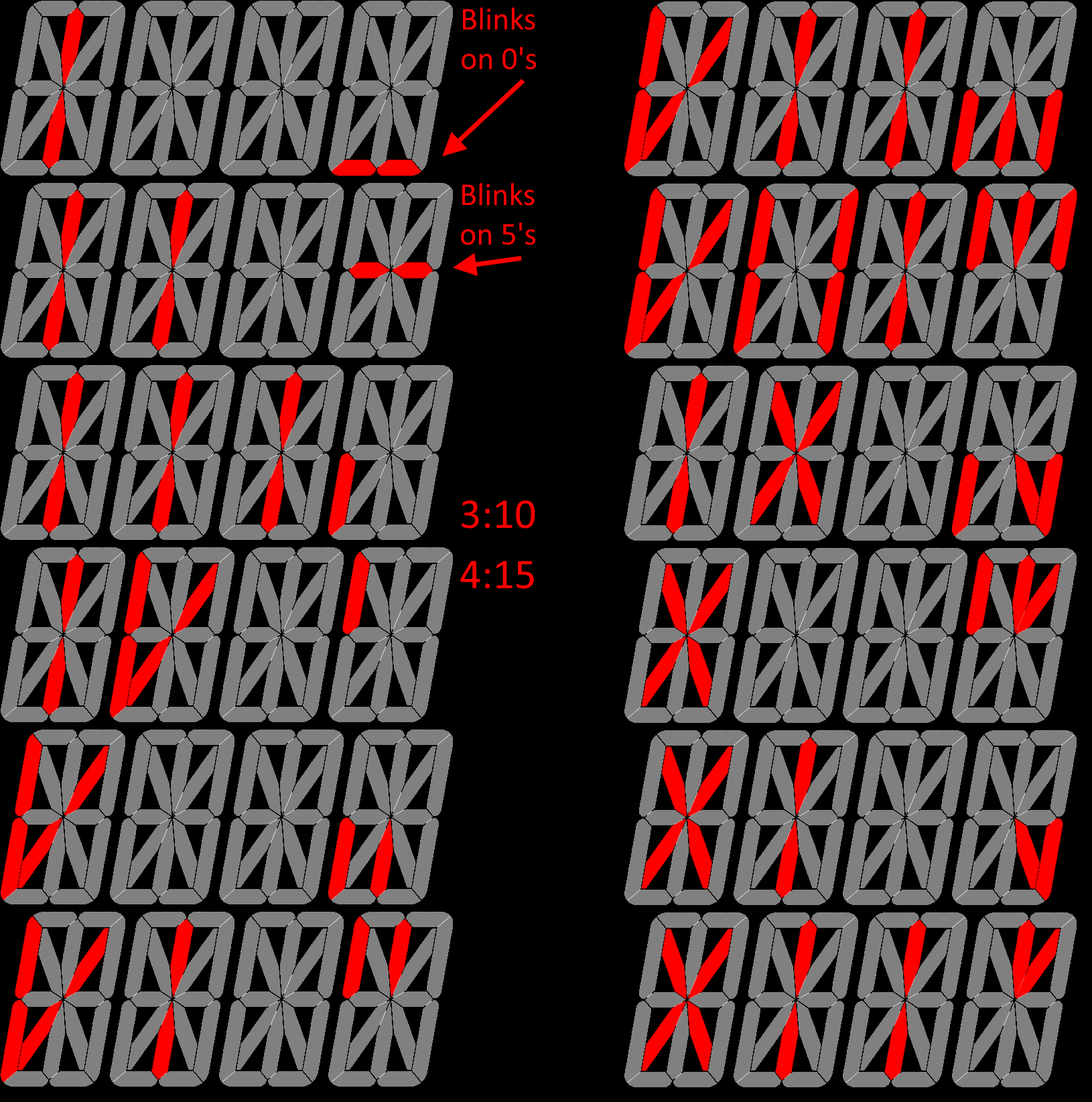
That was so simple I also added some additional “faces”:
- Display the time with Arabic numbers
- Display the time in a pseudo “Predator” style, count the lit segments
- Display random 4-letter words.
Sadly, post-assembly the top-left horizontal segment on the third character died. Attempts to find and fix the problem were unsuccessful. So I hacked in another mode/face, Roman but sans serifs on the ‘I’s (technically “crossbars” I think). The failed segment made the extra faces somewhat useless.
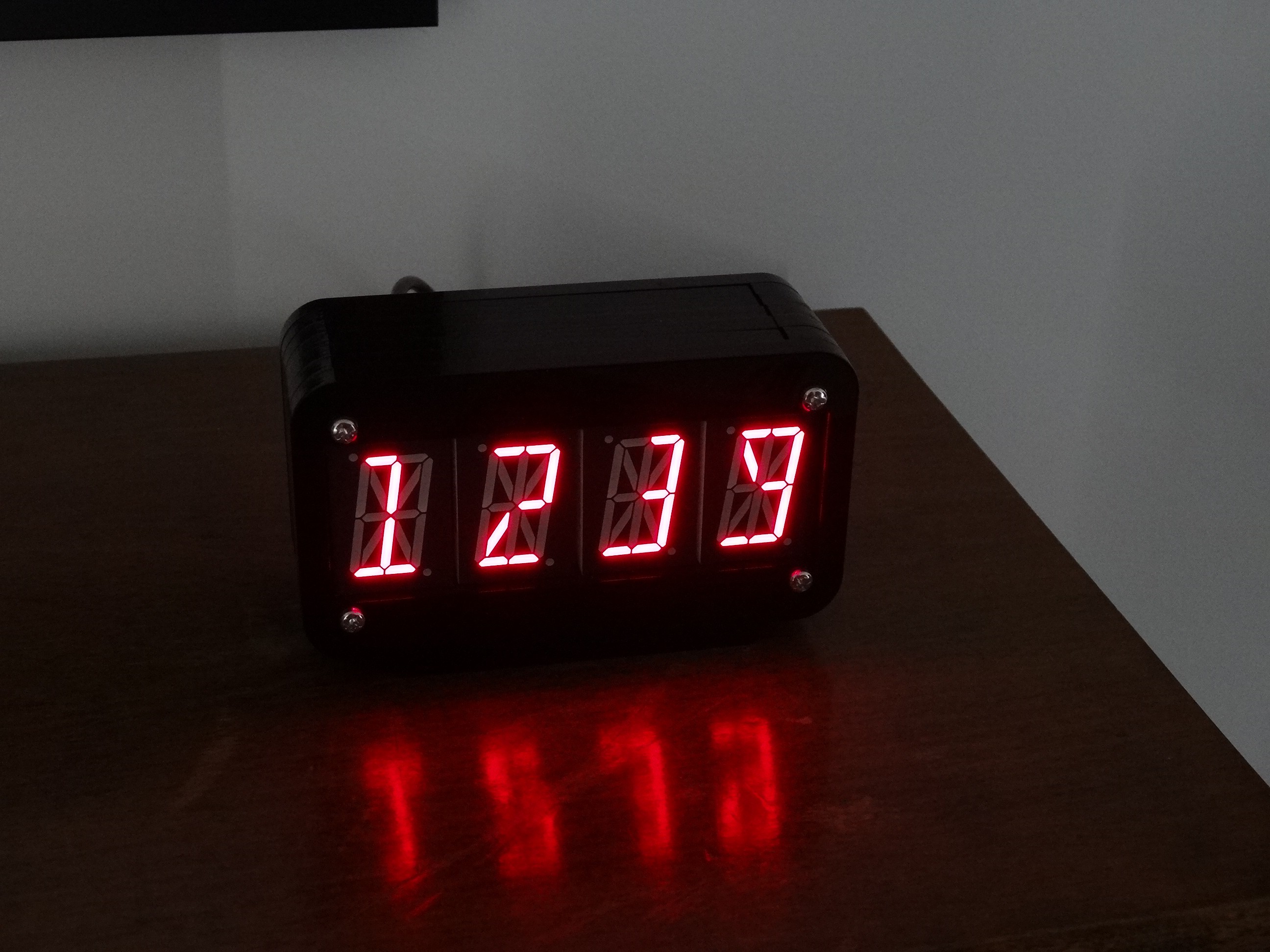
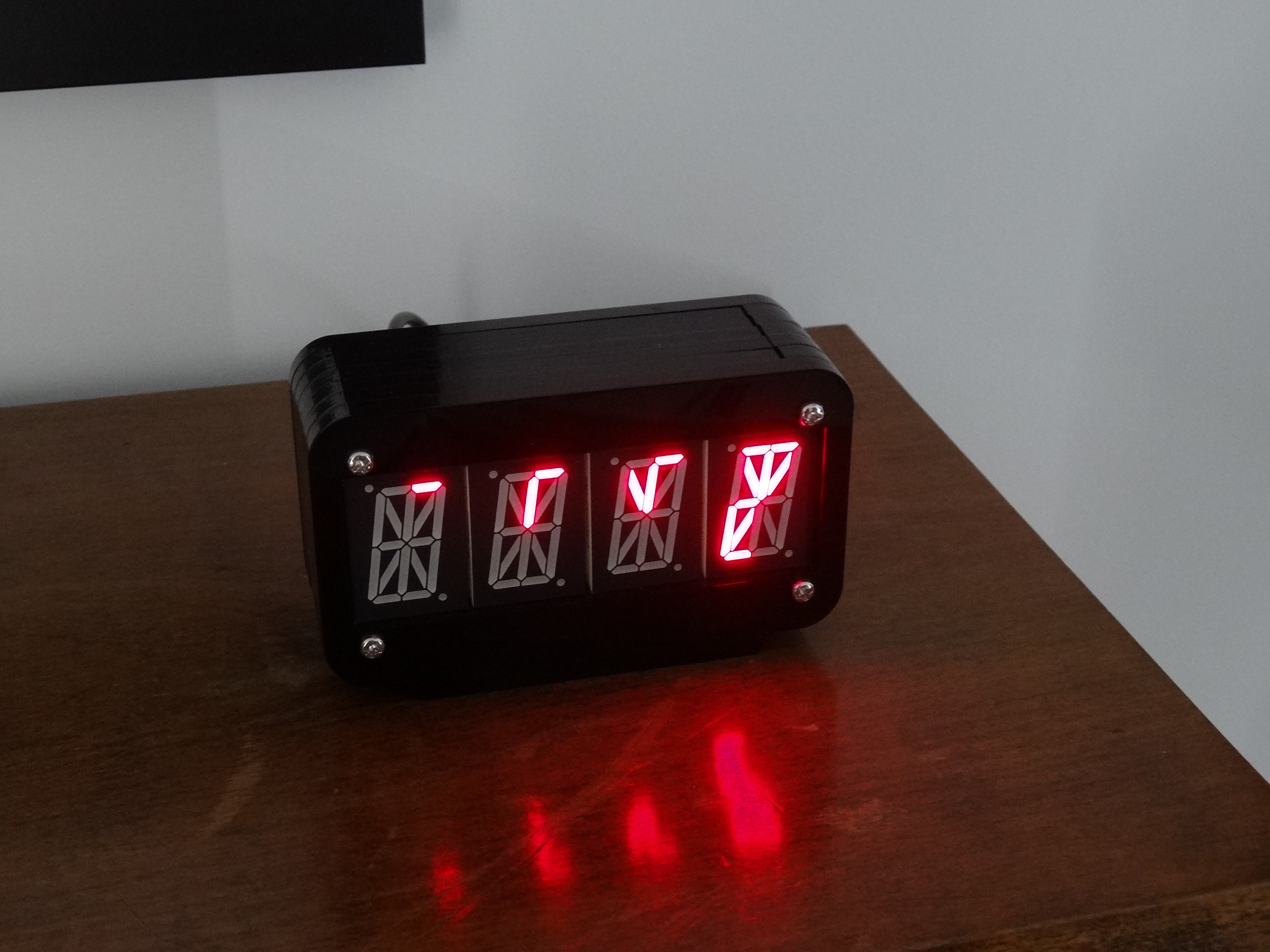
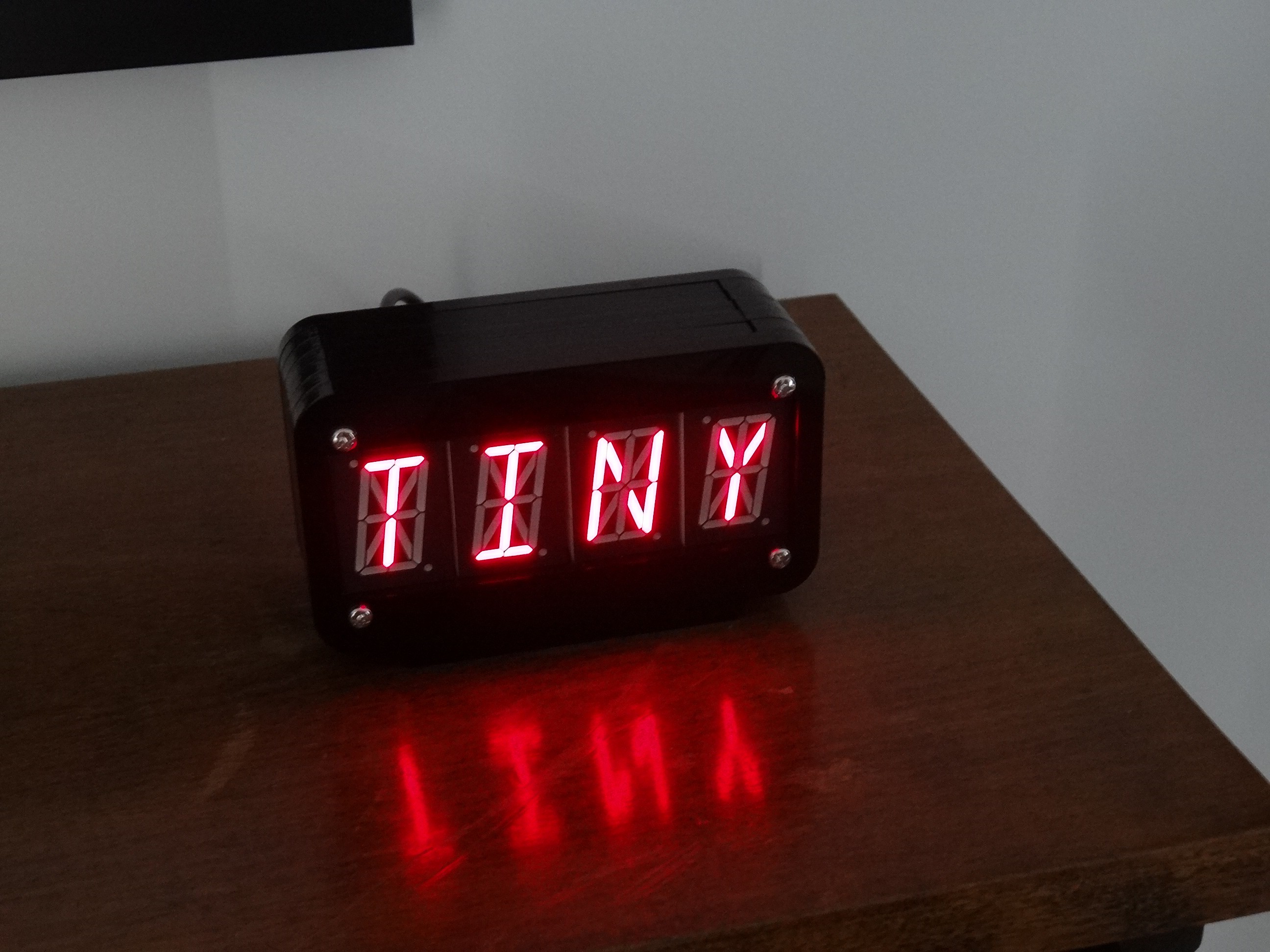
The enclosure was where most of the effort went. Nothing screams “laser cut” like a rectangular box, I decided to create something with curves.
The front and back faces are simple enough, the key difference is that the sides are created by stacking a number of narrow ‘L’ shapes. There are threaded hexagonal standoffs embedded in the side to connect the stack together. Breaking the sides into two pieces let me squeeze more of them into the acrylic sheet size. The front and back plate take up most of the space but I found room for 5 sides. The acrylic is 6mm thick so the interior void is 30mm deep. The first Law of enclosures is There’s never as much space as you’d like.
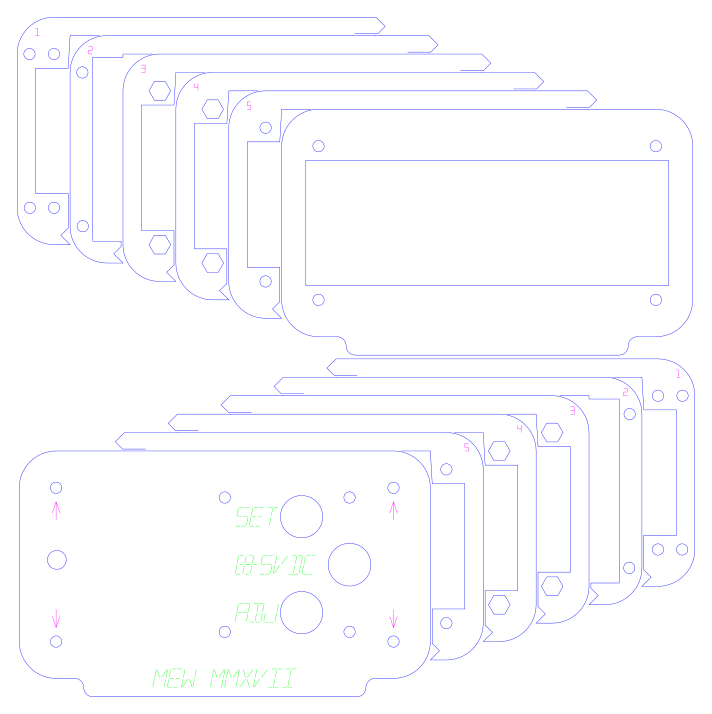
If I was doing it again, I’d probably try to move the joins to the less visible sides.
 Mark Wilson
Mark Wilson
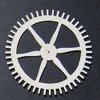
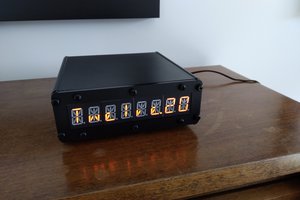
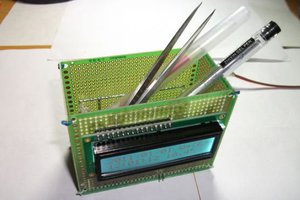
 icstation
icstation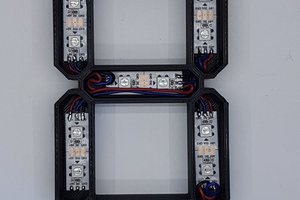
 Fabian
Fabian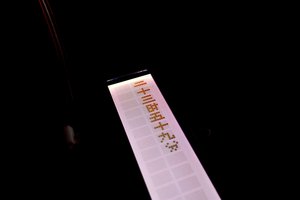
 Daniel
Daniel
Hey, I really like this! I like the way you kludged the lower-case numerals for minutes, and Predator-mode is cool. I guess the obvious alternate display would be a scrolling word clock - perhaps too mundane?